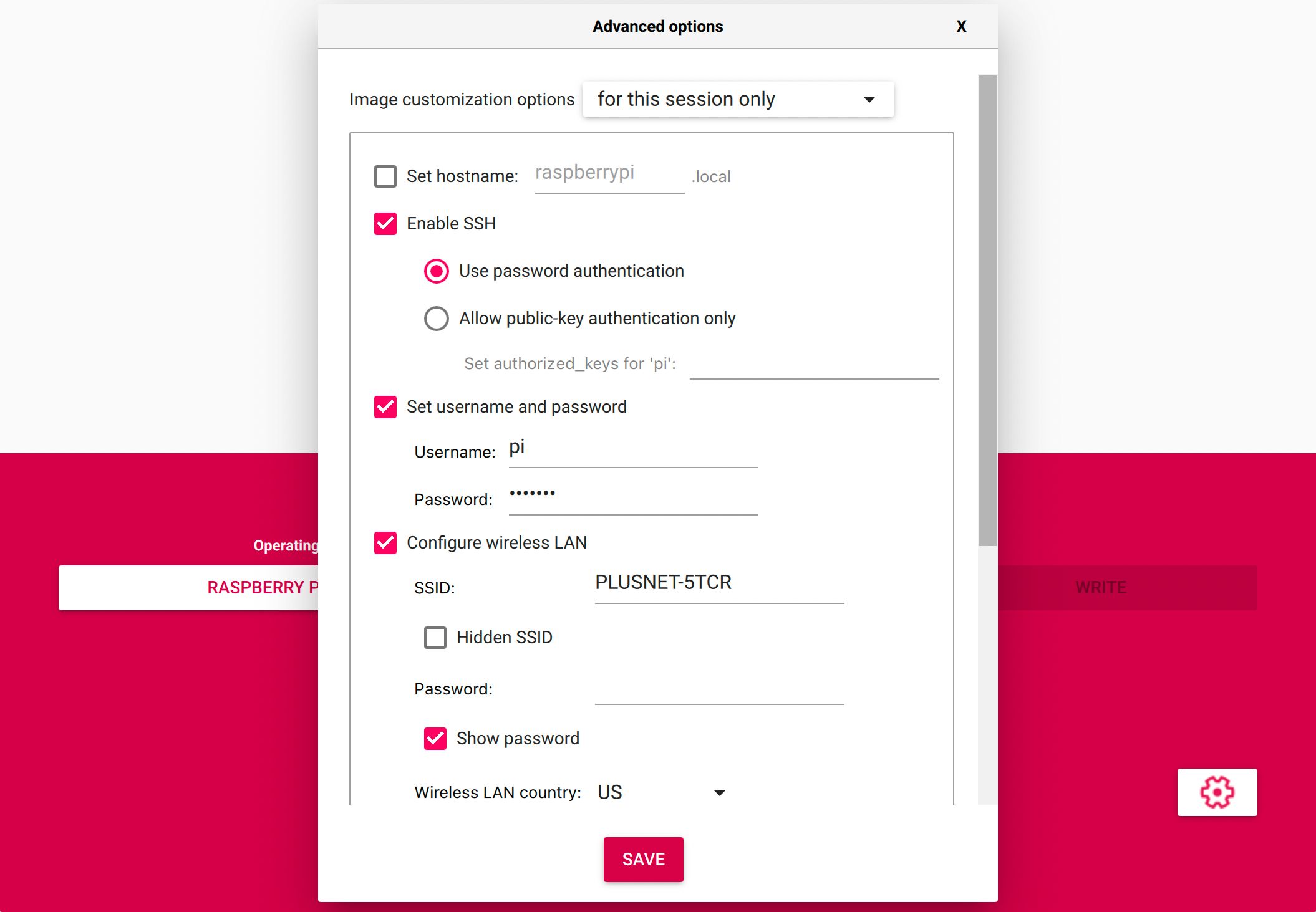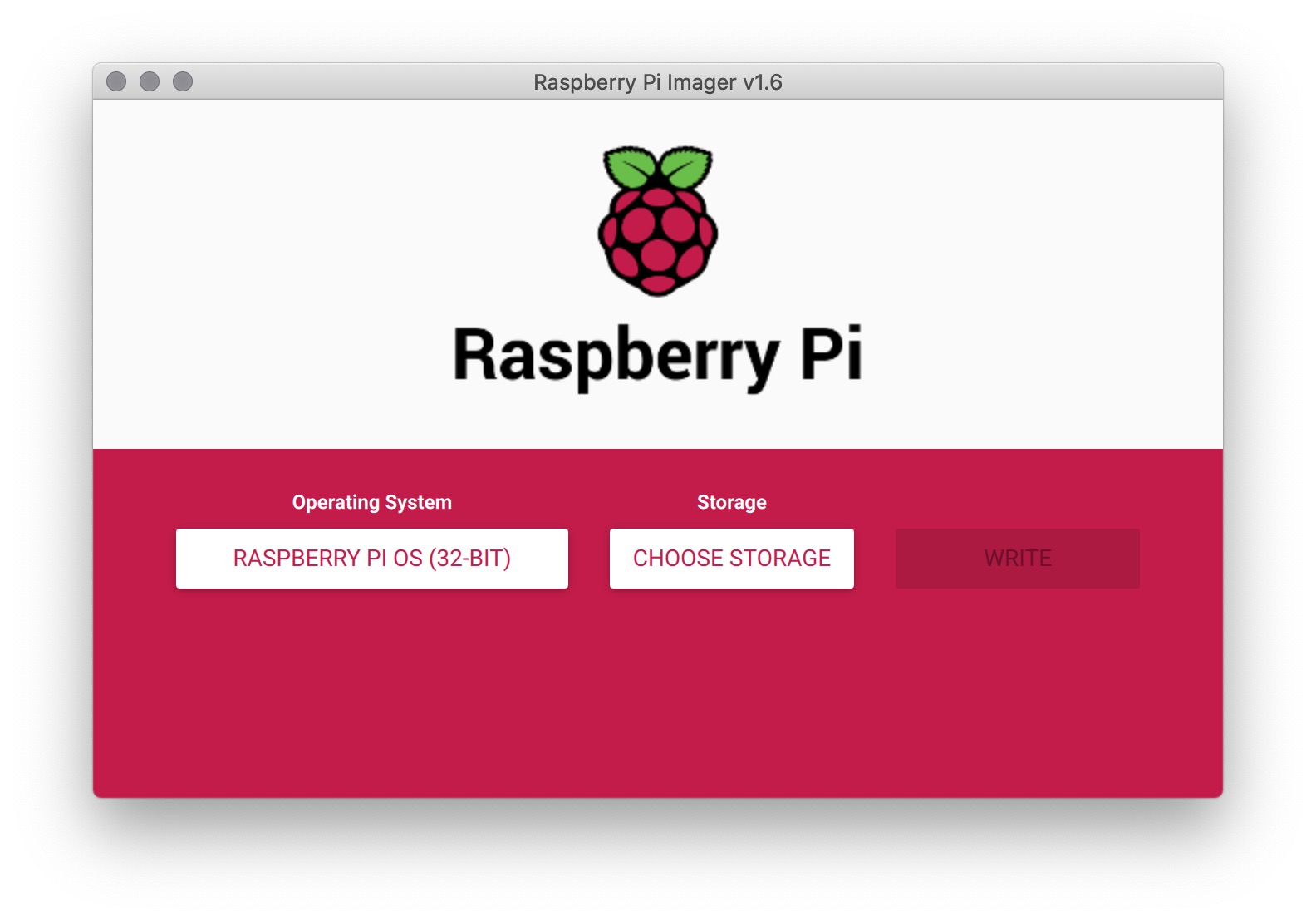RemoteIoT Platform SSH Raspberry Pi Download: A Comprehensive Guide
Are you looking for a reliable way to manage your Raspberry Pi remotely? The RemoteIoT platform offers a seamless solution for SSH access to your Raspberry Pi, ensuring secure and efficient device management. Whether you're a developer, IT professional, or hobbyist, understanding how to leverage this platform can significantly enhance your workflow. With the growing popularity of IoT devices, the need for secure remote access has become more critical than ever. RemoteIoT provides a robust platform that allows you to download, configure, and manage your Raspberry Pi effortlessly. This article will guide you through everything you need to know about the RemoteIoT platform, SSH access, and Raspberry Pi integration.
Managing IoT devices remotely can be challenging, especially when security and accessibility are at stake. RemoteIoT addresses these challenges by offering a secure SSH connection to your Raspberry Pi, enabling you to control and monitor your devices from anywhere in the world. This platform is designed to cater to both beginners and experts, ensuring that you can make the most of your Raspberry Pi's capabilities without compromising on security.
In this article, we will explore the features of the RemoteIoT platform, how to download and set it up for SSH access, and the benefits it offers for Raspberry Pi users. We'll also provide practical tips, step-by-step instructions, and insights from trusted sources to help you get started. By the end of this guide, you'll have a clear understanding of how RemoteIoT can transform your Raspberry Pi management experience.
Table of Contents
- Introduction to RemoteIoT Platform
- What is SSH and Why is it Important?
- Raspberry Pi and RemoteIoT Integration
- How to Download and Install RemoteIoT
- Configuring SSH on Raspberry Pi
- Step-by-Step Guide to RemoteIoT Setup
- Benefits of Using RemoteIoT for Raspberry Pi
- Security Features of RemoteIoT Platform
- Common Issues and Troubleshooting
- Conclusion and Next Steps
Introduction to RemoteIoT Platform
The RemoteIoT platform is a cutting-edge solution designed to simplify remote device management for IoT enthusiasts and professionals. This platform provides a secure and efficient way to access your devices, including Raspberry Pi, from anywhere in the world. Whether you're managing a single device or an entire network, RemoteIoT ensures that you have full control over your IoT infrastructure.
One of the standout features of RemoteIoT is its ability to establish a secure SSH connection to your Raspberry Pi. SSH, or Secure Shell, is a protocol that allows you to securely access and manage devices over an unsecured network. With RemoteIoT, you can enable SSH access to your Raspberry Pi without the need for complex configurations or port forwarding. This makes it an ideal solution for users who prioritize security and ease of use.
Key Features of RemoteIoT
- Secure SSH Access: RemoteIoT ensures that your Raspberry Pi is accessible via a secure SSH connection, protecting your data from unauthorized access.
- Cloud-Based Management: The platform operates on a cloud infrastructure, allowing you to manage your devices from any location with an internet connection.
- User-Friendly Interface: RemoteIoT offers an intuitive dashboard that simplifies device management, even for beginners.
- Scalability: Whether you're managing a single Raspberry Pi or multiple devices, RemoteIoT scales to meet your needs.
What is SSH and Why is it Important?
SSH, or Secure Shell, is a cryptographic network protocol used to secure data communication between two devices over an unsecured network. It is widely used for remote device management, file transfers, and executing commands on remote systems. For Raspberry Pi users, SSH is essential for accessing and controlling their devices without needing physical access.
Using SSH ensures that your connection is encrypted, protecting sensitive data from potential threats such as eavesdropping or man-in-the-middle attacks. This is particularly important for IoT devices, which are often connected to public networks and vulnerable to cyberattacks. By enabling SSH on your Raspberry Pi, you can securely manage your device and ensure that your data remains safe.
Why Use SSH with RemoteIoT?
- Enhanced Security: RemoteIoT uses SSH to establish a secure connection, ensuring that your Raspberry Pi is protected from unauthorized access.
- Remote Accessibility: With SSH enabled, you can access your Raspberry Pi from anywhere, making it ideal for remote monitoring and management.
- Automation and Scripting: SSH allows you to automate tasks and run scripts on your Raspberry Pi, improving efficiency and reducing manual effort.
Raspberry Pi and RemoteIoT Integration
Raspberry Pi is one of the most popular single-board computers, widely used for IoT projects, home automation, and educational purposes. Integrating Raspberry Pi with the RemoteIoT platform enhances its capabilities by providing secure remote access and management features. This integration is particularly beneficial for users who need to monitor and control their devices from a distance.
By combining Raspberry Pi with RemoteIoT, you can unlock a range of possibilities, from remote troubleshooting to deploying updates and managing multiple devices simultaneously. The platform's compatibility with Raspberry Pi ensures a seamless experience, regardless of your technical expertise.
How RemoteIoT Enhances Raspberry Pi Functionality
- Remote Monitoring: Keep track of your Raspberry Pi's performance and status in real-time.
- Device Management: Manage multiple Raspberry Pi devices from a single dashboard.
- Secure Updates: Deploy updates and patches to your Raspberry Pi securely and efficiently.
How to Download and Install RemoteIoT
Downloading and installing the RemoteIoT platform is a straightforward process. The platform offers a user-friendly interface and detailed documentation to guide you through the setup. Below, we provide a step-by-step guide to help you get started with RemoteIoT for your Raspberry Pi.
Before proceeding, ensure that your Raspberry Pi is connected to the internet and has the latest updates installed. You'll also need to create an account on the RemoteIoT website to access the platform's features.
Step 1: Download the RemoteIoT Client
Visit the official RemoteIoT website and navigate to the download section. Select the appropriate client for your Raspberry Pi's operating system (e.g., Raspberry Pi OS). Once the download is complete, follow the on-screen instructions to install the client on your device.
Step 2: Create an Account
After installing the client, create an account on the RemoteIoT platform. This account will serve as your gateway to managing your Raspberry Pi remotely. During the registration process, you'll be prompted to verify your email address and set up a secure password.
Step 3: Link Your Raspberry Pi
Once your account is set up, log in to the RemoteIoT dashboard and link your Raspberry Pi to the platform. This process typically involves generating a unique device key and entering it into the RemoteIoT client on your Raspberry Pi. Once linked, your device will appear in the dashboard, ready for remote management.
Configuring SSH on Raspberry Pi
Configuring SSH on your Raspberry Pi is a crucial step in enabling secure remote access. By default, SSH is disabled on most Raspberry Pi operating systems to prevent unauthorized access. Below, we outline the steps to enable and configure SSH on your device.
Enabling SSH via Raspberry Pi Configuration
1. Open the Raspberry Pi Configuration tool by navigating to the Preferences menu.
2. Select the "Interfaces" tab and enable SSH.
3. Save your changes and restart your Raspberry Pi to apply the settings.
Enabling SSH via Command Line
If you prefer using the command line, you can enable SSH by running the following commands:
sudo raspi-config- Navigate to "Interfacing Options" and select "SSH."
- Choose "Yes" to enable SSH and exit the configuration tool.
Securing Your SSH Connection
Once SSH is enabled, it's essential to secure your connection to prevent unauthorized access. Below are some best practices:
- Change Default Passwords: Replace the default Raspberry Pi password with a strong, unique password.
- Use Key-Based Authentication: Configure SSH to use key-based authentication instead of passwords for added security.
- Disable Root Login: Prevent root access via SSH to reduce the risk of unauthorized access.
Step-by-Step Guide to RemoteIoT Setup
Setting up the RemoteIoT platform for your Raspberry Pi involves several steps, from downloading the client to configuring SSH and linking your device. Below, we provide a detailed guide to help you complete the setup process seamlessly.
Step 1: Download and Install the RemoteIoT Client
Visit the official RemoteIoT website and download the client compatible with your Raspberry Pi's operating system. Follow the installation instructions provided on the website to complete the setup.
Step 2: Create a RemoteIoT Account
Register for an account on the RemoteIoT platform by providing your email address and creating a secure password. Verify your email address to activate your account.
Step 3: Link Your Raspberry Pi to RemoteIoT
Log in to your RemoteIoT dashboard and generate a unique device key. Enter this key into the RemoteIoT client on your Raspberry Pi to link your device to the platform.
Step 4: Configure SSH Access
Enable SSH on your Raspberry Pi and configure it to use key-based authentication. This ensures that your connection is secure and protected from unauthorized access.
Benefits of Using RemoteIoT for Raspberry Pi
Using the RemoteIoT platform for your Raspberry Pi offers numerous advantages, from enhanced security to improved efficiency. Below, we highlight some of the key benefits of integrating RemoteIoT with your Raspberry Pi.
1. Secure Remote Access
RemoteIoT provides a secure SSH connection to your Raspberry Pi, ensuring that your data remains protected from unauthorized access. This is particularly important for users managing sensitive information or operating in public networks.
2. Simplified Device Management
With RemoteIoT, you can manage multiple Raspberry Pi devices from a single dashboard. This simplifies the process of monitoring, updating, and troubleshooting your devices, saving you time and effort.
3. Scalability and Flexibility
Whether you're managing a single Raspberry Pi or an entire network of devices, RemoteIoT scales to meet your needs. The platform's flexibility ensures that you can adapt it to suit your specific requirements.
Security Features of RemoteIoT Platform
Security is a top priority for the RemoteIoT platform, and it offers several features to protect your Raspberry Pi and data. Below, we explore some of the platform's key security features.
1. End-to-End Encryption
RemoteIoT uses end-to-end encryption to secure your SSH connection, ensuring that your data is protected during transmission.
2. Two-Factor Authentication
Enable two-factor authentication (2FA) on your RemoteIoT account to add an extra layer of security. This ensures that only authorized users can access your dashboard and devices.
3. Regular Security Updates
The RemoteIoT platform is regularly updated with the latest security patches and features to protect against emerging threats.
Common Issues and Troubleshooting
While the RemoteIoT platform is designed to be user-friendly,


Detail Author:
- Name : Aidan Bartoletti
- Username : felicia.hermann
- Email : gborer@yahoo.com
- Birthdate : 1984-11-07
- Address : 144 Hilpert Greens Suite 387 Lake Liam, VA 25136
- Phone : +1 (762) 975-9046
- Company : Hoppe LLC
- Job : Advertising Sales Agent
- Bio : Deserunt ipsum aspernatur sed. Fuga qui eaque fuga perferendis. Accusantium inventore quaerat dicta numquam officia ipsam.
Socials
linkedin:
- url : https://linkedin.com/in/donfeeney
- username : donfeeney
- bio : Est quod et facere tempora aperiam amet odio.
- followers : 495
- following : 834
twitter:
- url : https://twitter.com/donfeeney
- username : donfeeney
- bio : Possimus ut eaque veritatis amet deleniti perspiciatis. Officiis labore tempora unde modi est et aut sed.
- followers : 6771
- following : 1872
facebook:
- url : https://facebook.com/dfeeney
- username : dfeeney
- bio : Qui delectus cupiditate nam accusantium necessitatibus molestias in.
- followers : 2001
- following : 1455
instagram:
- url : https://instagram.com/feeney1999
- username : feeney1999
- bio : Sint id optio sint. Omnis delectus occaecati et nam.
- followers : 2314
- following : 1017
tiktok:
- url : https://tiktok.com/@don_id
- username : don_id
- bio : Et eius exercitationem et eaque quod deserunt quo.
- followers : 6271
- following : 348